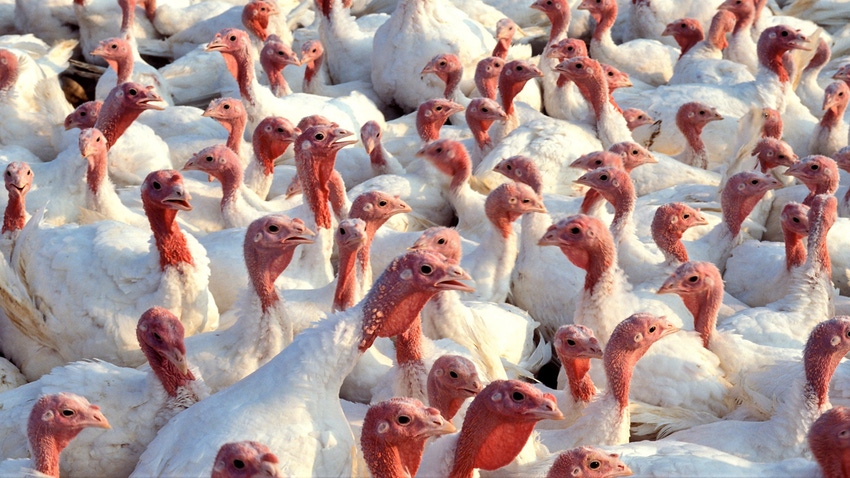
Colorado has lifted the last of the quarantines it issued in response to the 2022 outbreak of highly pathogenic avian influenza that devastated the poultry industry in much of the country.
Since April of last year, the Centennial State experienced its largest livestock disease outbreak in history with the loss of more than 6.2 million domestic poultry because of HPAI, according to the state Department of Agriculture.
Nationwide, the H5N1 outbreak spanned nearly 19 months with over 800 confirmed detections affecting nearly 59 million birds in commercial and backyard flocks, the American Farm Bureau Federation reports.
But Colorado state veterinarian Maggie Baldwin released the state’s last premises quarantine on Sept. 26, enabling the state to achieve HPAI-free status as designated by the World Organization for Animal Health. Baldwin said she was “encouraged” to have reached this stage and credited the poultry industry’s efforts.
“We believe increased biosecurity in commercial poultry operations and backyard flocks helped stem the transmission of the virus,” she said.
No commercial cases of HPAI have been detected in Colorado since December 2022, and no backyard cases have been confirmed since April, state ag officials report. Nationwide, there have been no new commercial or backyard cases since spring, according to the USDA.
Prices ease
Turkey supplies have recovered as the outbreak has waned, causing average prices this year to fall to 22% lower than August 2022, the Farm Bureau notes. The USDA’s September World Agricultural Supply and Demand Estimates predicted per capita demand for turkey will increase by 6% to 15.5 pound per person in 2023 in response to lower prices.
While the crisis may be over, Baldwin urges growers to continue their stringent biosecurity measures.
“While we have not seen many recent detections in domestic poultry, the virus is still circulating at low levels in the wild bird population,” she said. “Additional surveillance in the coming weeks will inform what impacts we may see during the fall migration.”
For tips, check the USDA’s Defend the Flock program and the CDA’s avian influenza page.
About the Author(s)
You May Also Like






